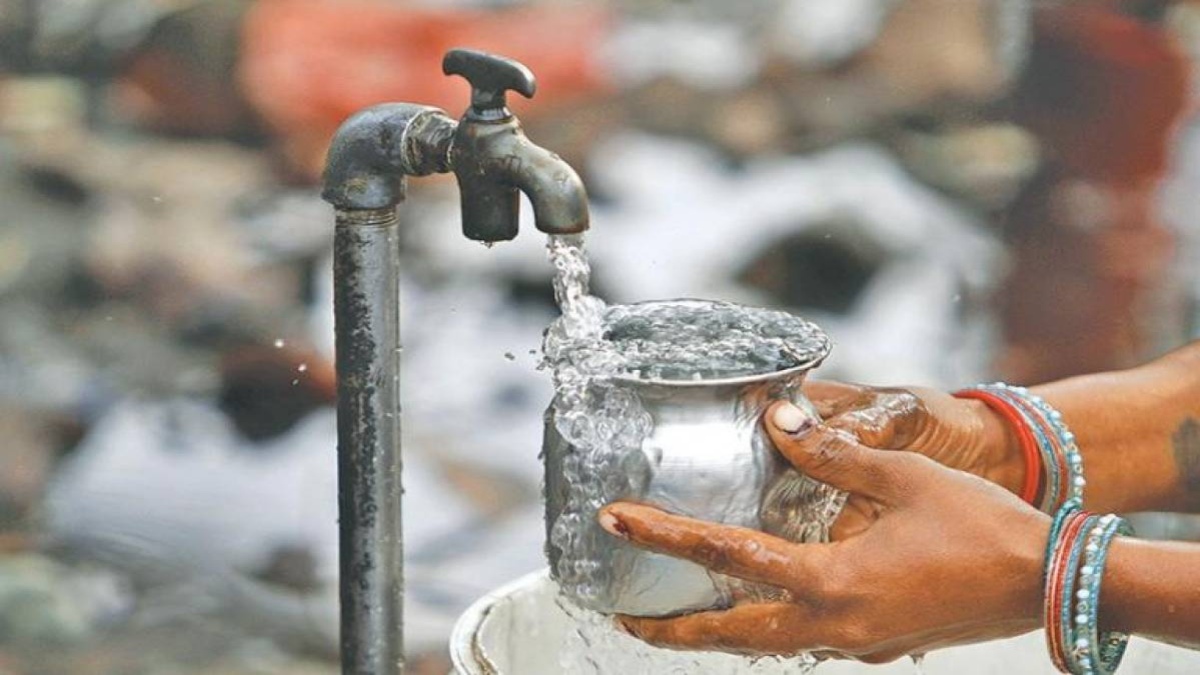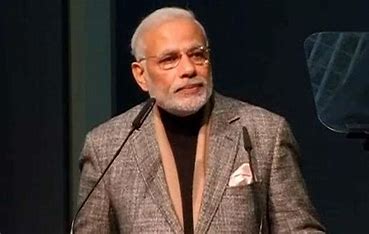
Overcoming the challenges posed by nature, the Jal Jeevan Mission has been successfully implemented in Stok village in Leh district. People in the village are now getting regular drinking water through taps at home.
The Centre started work for the Jal Jeevan Mission in Ladakh in September 2020. The project, budgeted at around Rs 362 crore, intends to provide safe drinking water through Functional Household Tap Connections (FHTCs) to every home across the Union Territory’s 125 villages by December 2022.
Ladakh poses a massive challenge when it comes to water supply due to its extreme weather and rough terrain. The water gets frozen in the pipelines during winter, disrupting supply to homes. These geographical conditions were kept in mind, along with factors like the availability of groundwater and water supply from river channels, by Jal Jeevan Mission officials while taking measures to ensure regular water supply.
The team arrived at Stok after talks with the villagers. Various measures were discussed, after which the infiltration gallery technique was decided upon. In this technique, sub-surface water (water under frozen ice) is brought to a certain location that has a system in place for filtering. The sub-surface water is deposited in an overhead tank to protect the pipe from freezing. The pipe is then connected to the bottom of a reservoir or river. The water is cleaned before it is transported to the supply site.
Solar energy is used to keep the water hot in the overhead tank and then supplied to the village at a scheduled time to prevent it from freezing.
Additionally, pipes are laid three to four feet below the ground to protect the water pipes from freezing and bursting. Insulated pipes are used to prevent them from cooling too quickly.
A similar water supply technique is being used to provide drinking water in Stok, Nang and Phyang villages.















